描述
共济会(Freemasonry),亦称美生会,出现于18世纪西欧,1717年成立英格兰第一个总会所,早期为石匠工会,有特独仪式和标志,后来发展成世界组织,至今其已经遍布全球,会员包括众多著名人士和政治家。共济会是一种非宗教性质的兄弟会,基本宗旨为倡导博爱、自由、慈善,追求提升个人精神内在美德以促进人类社会完善。
怀特黑德和霍格公司是美国卓越的广告新奇制造商。该公司由Chester R. Hoag和Benjamin S. Whitehead于1892年创立。最初,该公司以制作和制造带状徽章而闻名。1896年,他们推出了他们持有专利的销钉扣。W&H继续成为世界上最大的优质纽扣制造商,并且多年来一直如此。该公司还生产各种类型的铜牌,银牌和金牌,日历,口袋刀,纸镇,开信刀,赛璐珞项目和各种新奇的奖牌。
1892年,主要办公室和工厂位于华盛顿和沃伦街道。随着公司的不断发展和壮大,1903年在苏塞克斯大道272号和第一街建造了一座新工厂。新工厂拥有一个完整的印刷和石版印刷厂,拥有50多台现代印刷机,一个完整的艺术和照片雕刻工厂,制作雕刻草图和印版,一个完整的按钮工厂,每天可以容纳100万个按钮,还有一个机械工厂,公司自己制造工具,模具和特殊机械。
由于其广告新颖性的广泛流行,该公司开始在美国和许多国家设立办事处。分支机构获得样品以向潜在客户展示。为了协助销售人员,内政部向他们提供了在分支机构城市举行的所有公约的清单。然而,由委员会负责的分支机构销售人员联系所有当地企业,组织和教会以寻求其他业务。所有的制造都是在纽瓦克完成的,直到1959年工厂关闭。
该公司不愿意丢失按钮订单,保持严格的无党派立场。像社会党,共产党和禁酒主义者这样的小团体可以像民主党人或共和党人那样轻松地发布他们的按钮订单。为了打造极具吸引力的高品质产品,W&H将不时使用着名的插画家Maxfield Parrish和Norman Rockwell。他们的员工队伍也很棒。
1919年,公司经历了重大的重组,并成为一家非工会店。在此之前,他们的大多数物品都标有工会封条。虽然W&H不再是工会店,但他们仍然会将某些物品标记为好像是工会制造的 – 尤其是政治纽扣。
1959年,Whitehead和Hoag被出售。购买者是纽约罗切斯特的巴斯蒂安兄弟,是W&H的长期竞争对手。因为巴斯蒂安兄弟是一家工会店,所以W&H经常会对它进行宣传。由于无法与W&H的价格竞争,他们会将部分工作转包给W&H并从他们那里购买零件。当有机会购买他们的竞争对手时,他们毫不犹豫。
W&H卖给巴斯蒂安兄弟的原因有几个。1953年,随着菲利普·霍格(Phillip Hoag)去世,该家族的任何成员都没有留在董事会或担任政策制定职位。此外,该公司的盈利能力差异很大,一年或两年赚大钱,然后亏本经营数年。第三,该公司是否坚持制造高质量的产品,拒绝以任何其他方式做广告,而不是用自己的产品做广告。在早期,如果客户坚持W&H标识没有出现在商品上,价格就大大提高了。也许,归根结底,他们未能跟上时代的变化。
纽瓦克工厂于1959年5月关闭。巴斯蒂安兄弟继续使用怀特黑德和霍格的名字,最终在1964年至1965年逐步淘汰。收藏家热衷于寻找Whitehead和Hoag物品,而稀有物品则相当昂贵。
Freemasonry.MEDAL.
PA THE WHITEHEAD AND HOAC CO NEWARK, NJ.
DESTINED FOR THE TRUE COLLECTOR.
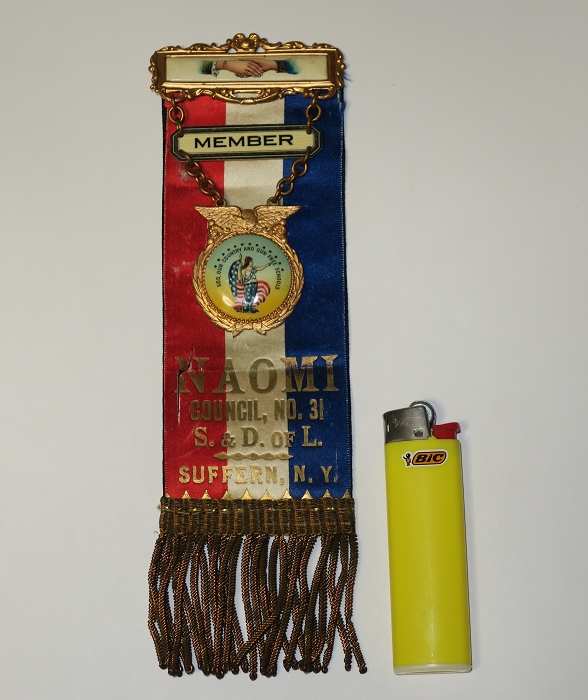
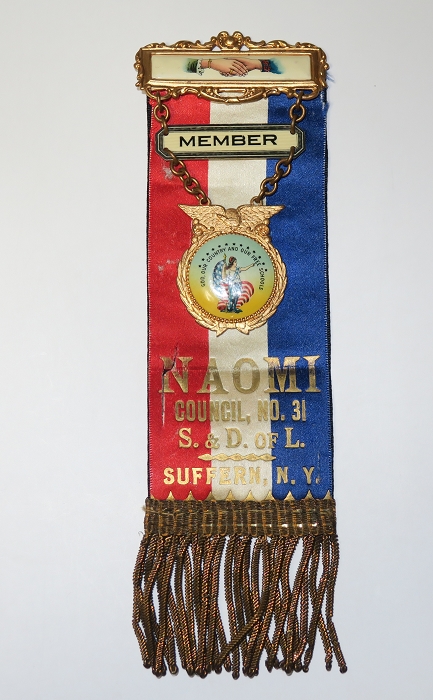

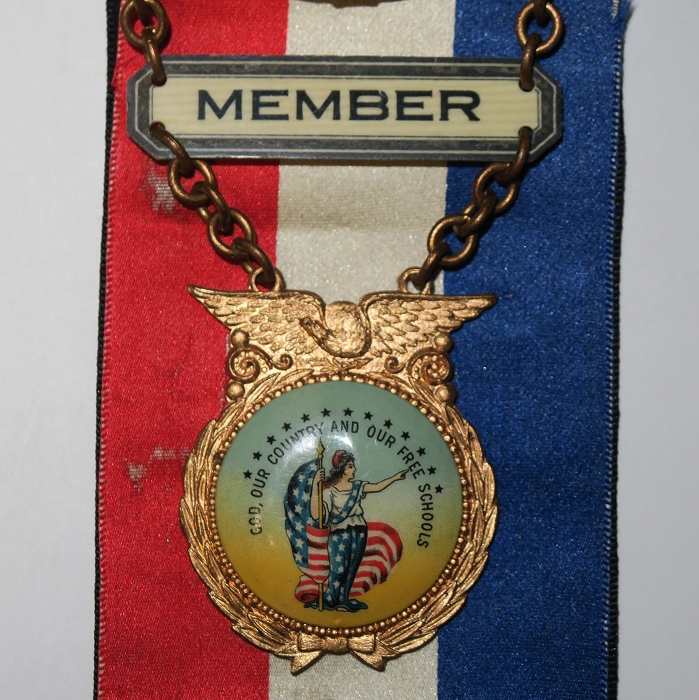
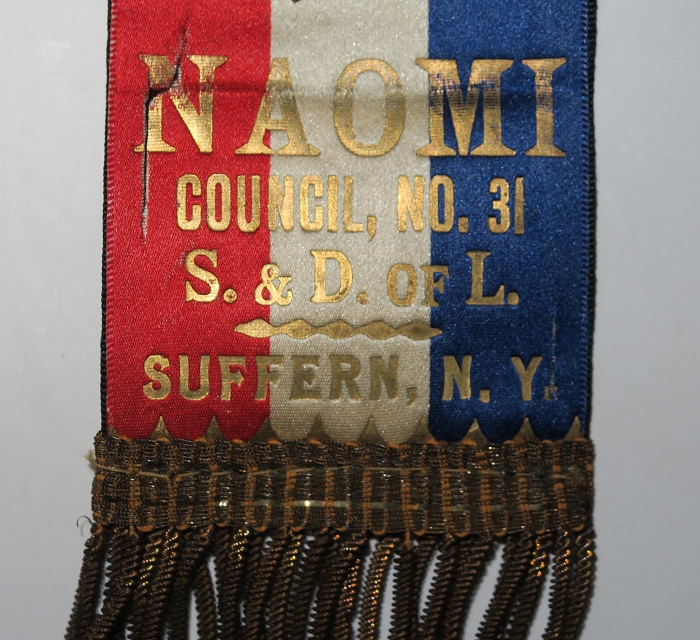
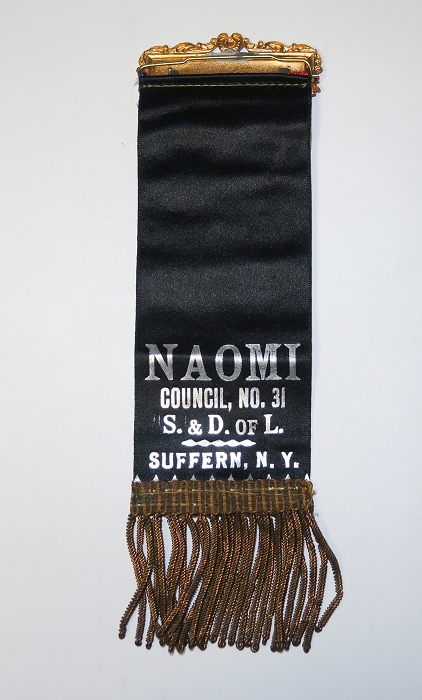
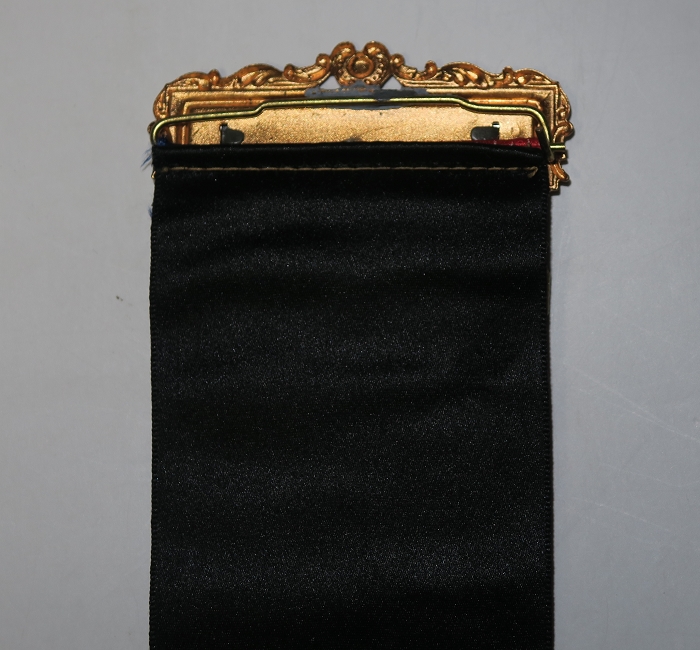

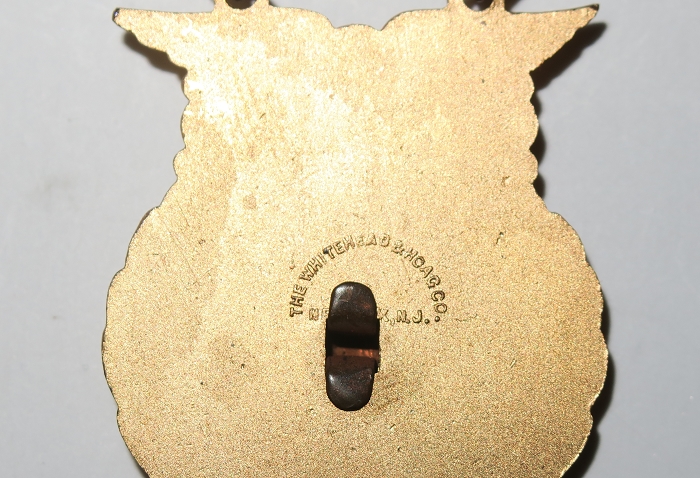

THE WHITEHEAD AND HOAG
COMPANY 1892-1959
The Whitehead and Hoag Company was the preeminent American manufacturer of advertising novelties. The company was founded in 1892 by Chester R. Hoag and Benjamin S. Whitehead. Initially, the company was known for the creation and manufacture of ribbon badges. In 1896, they introduced the pin back button for which they held the patent. W&H went on to become the world’s largest manufacturer of quality buttons and remained so for many years. The company also manufactured various types of medals in bronze, silver and gold, calendars, pocket knives, paperweights, letter openers , celluloid items and novelties of every sort.
In 1892 , the main office and factory was located at Washington and Warren Streets. As the company continued to grow and expand , a new factory was built at 272 Sussex Avenue and First Street in 1903. The new factory had a complete printing and lithographing plant with over fifty modern presses, a complete art and photo engraving plant in which all the engraving sketches and plates were made, a complete button plant with the capacity of one million buttons a day, and a machinery plant where the company made all its own tools, dies and special machinery.
Due to the immense popularity of their advertising novelties the company began to establish offices throughout the United States and in many foreign countries. The branch offices were given samples to show prospective clients . To assist the sales force, the Home Office provided them with a list of all conventions to be held in the branch office city. However, it was up to the branch office salesmen, who worked on commission, to contact all the local businesses, organizations and churches to solicit additional business. All the manufacturing was done in Newark until the factory closed in 1959.
Not willing to lose a button order, the company maintained a strictly non-partisan stance. Small groups such as the Socialists, Communists and Prohibitionist could place their button orders as easily as the Democrats or Republicans could. To create an attractive and high quality product W&H would use the famed illustrators Maxfield Parrish and Norman Rockwell from time to time. They also had a great talent pool on staff.
In 1919, the company experienced a significant reorganization and became a non-union shop. Prior to this, most of their items were marked with the union seal. Although W&H was no longer a union shop they would still mark certain items to appear as if they were union made- especially political buttons.
In 1959, Whitehead and Hoag was sold. The purchaser was Bastian Brothers of Rochester, New York, a long-time competitor of W&H. Because Bastian Brothers was a union shop it was often undersold by W & H. Not being able to compete with W&H’s prices they would subcontract some of their work to W&H and buy parts from them as well. When the opportunity came to purchase their competitor they did not hesitate.
There are several reasons why W&H sold out to Bastian Brothers. In 1953, with the death of Phillip Hoag no member of the family was left on the board or in a policy making role. In addition, the company’s profitability would vary greatly making substantial money for a year or two and then operating at a loss for several years. Thirdly, was the company’s insistence on making top quality product and their refusal to advertise any other way but on their own product. In the early years, if a customer insisted that the W&H logo not appear on an item, the price was raised considerably. Maybe, in the final analysis,they failed to keep up and change with the times.
The Newark factory was closed in May of 1959. Bastian Brothers continued to use the Whitehead and Hoag name finally phasing it out in 1964-1965.Whitehead and Hoag items are avidly sought by collectors and the rarer objects are rather expensive.
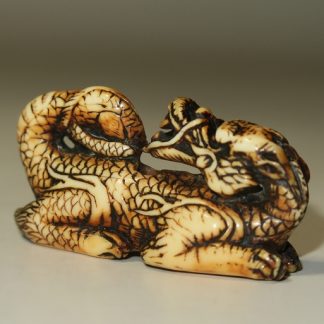

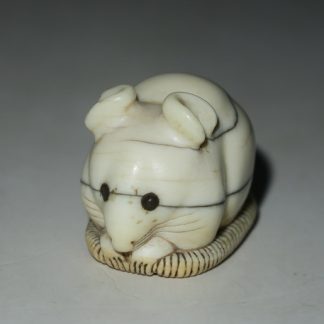
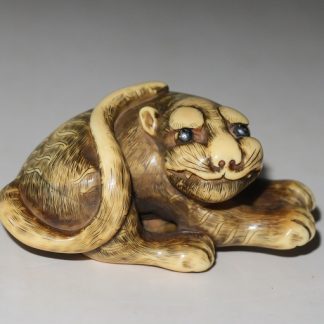
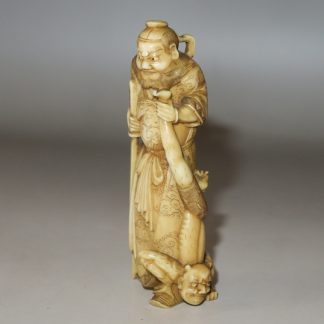


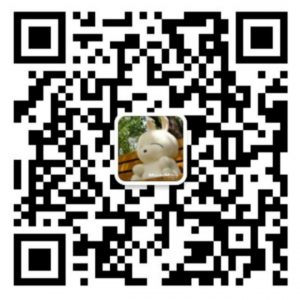

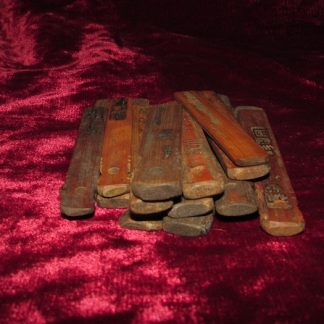
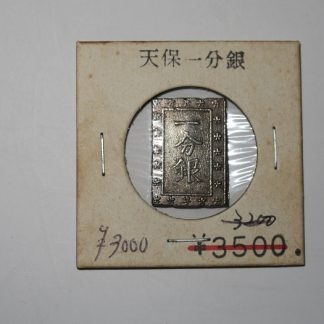
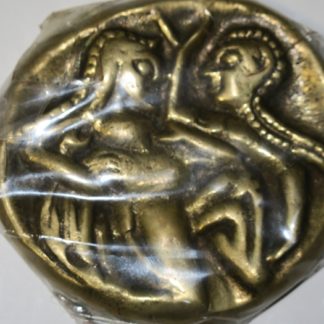

评论
目前还没有评论